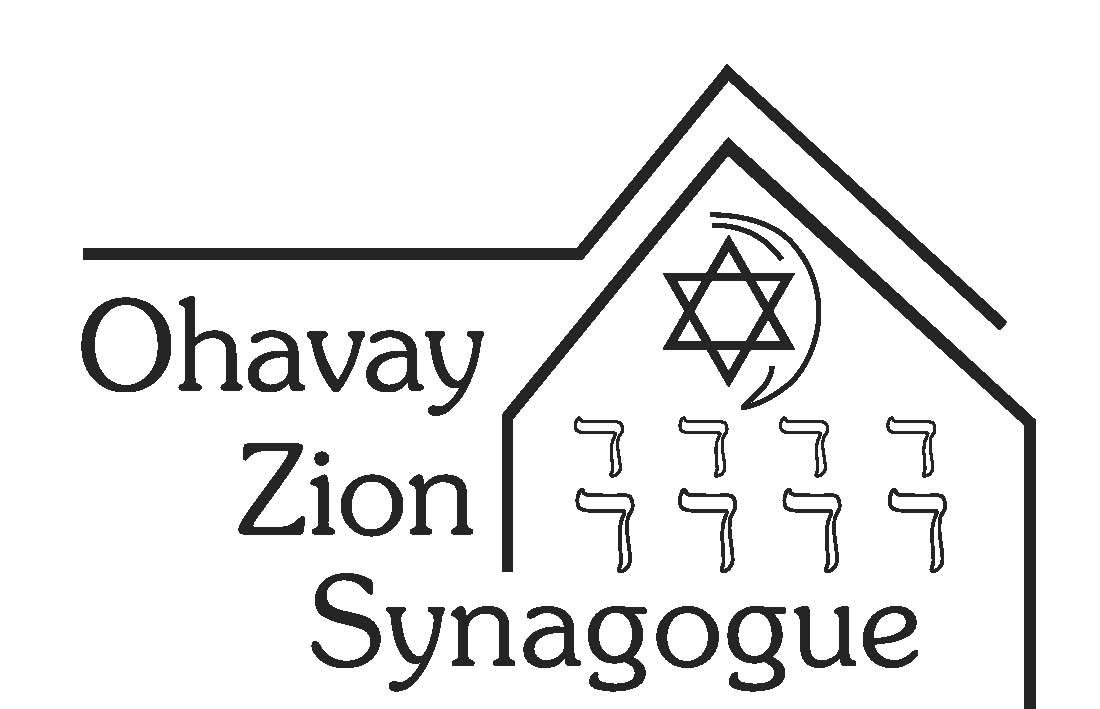Parshat Vayakhel-Pekudei/Shabbat HaChodesh: Playing an active role in Redemption
The last several weeks have been very strange weather-wise. Many of us are struggling with our allergies; we can’t quite figure out what to wear; is it time to put the winter clothes away or not? It feels like we’ve been in a simultaneous and ongoing state of beginnings and endings. Winter, blending into spring, blending back into winter and so on.
This Shabbat is also a Shabbat of endings and beginnings. In reading parshat Vayakhel-Pekudei, we officially conclude Sefer Shemot, the book of Exodus. And, this Shabbat is also Shabbat HaChodesh, the Shabbat that immediately precedes Rosh Chodesh Nissan- the month in which we celebrate Pesach. In just three and a half weeks, we will come together in community, and celebrate Passover. We will tell the story of our liberation from Egypt, sing wonderfully nostalgic songs, enjoy a delicious dinner and one another’s company. But perhaps most important of all, on Pesach, we are called to reflect on and express gratitude for our redemption– for the very possibility that redemption is even possible in this world.
Sefer Shemot covers three primary stories: the Exodus from Egypt, Revelation, and the construction of the Mishkan. Three important stories that are at once distinct, and also deeply connected, at least thematically.
There are many possible ways to link the stories of Shemot: We might say that these three moments are all about discovering G-d and building a relationship with the Divine. We might say that these stories are about discovering ourselves as a nation and as a community; we might even say that these moments underscore the most pivotal early moments in Jewish history– both culturally and religiously.
But there is another understanding of the connective tissue that runs between these stories that I think is most appropriate for this time of year, for Shabbat HaChodesh.
According to Nachmanides, the 12th Century Spanish Jewish physician, philosopher, Biblical commentator, and Jewish Legal Scholar, the central theme and purpose of the Book of Exodus is geulah, the idea of redemption. And redemption itself is an idea that contains within it complexity and nuance. According to Nachmanides, redemption can mean saving someone or something, it can mean being saved, and it can also mean reclaiming something that was once yours.
Ramban explains that Sefer Shemot is distinct, and set apart from the other books of the Torah because it is about our very first experience in exile, and our redemption from it. And interestingly, he points out that the exile was not over when we stepped over the border and out of Egypt. Because we were not yet returned to the spiritual status of our ancestors. We hadn’t yet found our way back to our spiritual, covenantal relationship with G-d. We were wandering in the desert, trying desperately to make meaning in the wilderness. We were a people in progress, but we were still not whole. Still very much between beginnings and endings.
But when we arrived at Mount Sinai to receive revelation, and when we committed to build the Mishkan and bring G-d home, G-d’s presence effectively returned us to that most important spiritual state of our ancestors. Bringing G-d’s presence down into our world– whether it be by observing Mitzvot, or building and traveling alongside G-d, G-d returned us to that place, that state of mind that was required for our redemption from Egypt to be complete and fully realized.
While the Exodus from Egypt was a physical one, the Ramban teaches us that physical redemption isn’t always enough. I find this especially interesting because at the Seder we sing Dayenu– and we say that had G-d only taken us out of Egypt, that would have been enough. But Ramban takes Dayenu a step further, and puts the responsibility of redemption, at least partially, in our hands. He returns to us the power and the possibility to be redeemed. Yes, G-d brought us out of Egypt, G-d gave us the Torah at Sinai, and G-d commanded us to build the Mishkan– but we also took those first fearful steps, we trembled at the base of the mountain and called out Naaseh V'Nishma, and we built G-d’s house.
Perhaps Ramban is urging us to take a more active role in our own redemption. Don’t just passively wait for G-d to intervene, don’t just sweep the small crumbs out of your kitchen before Passover. Challenge yourself to think about your own personal redemption: what do you need to be redeemed from? How are you going to get there? Or, how are you going to ask for the help and support it might take for that redemption to be realized?
This week, we will welcome in the month of Nissan– which means that we have our hopes on spring. Pesach also goes by the name Chag Ha’Aviv, the Holiday of the spring. I always think of spring as a new beginning, a redemption and revelation of its own. Because when springtime comes, the earth is returned to us. The trees bloom, the air is sweet, and we are, even if just for a moment, returned to a perfect state of things.
As we reflect on the redemptive qualities of Sefer Shemot, and look ahead to the dreamed-about redemption of Pesach, let’s plant ourselves firmly in our own personal redemptions, and follow the Ramban’s advice: look for the possibility of redemption in all things, seeking return and wholeness in the spiritual as much as in the physical.
Shabbat Shalom!
